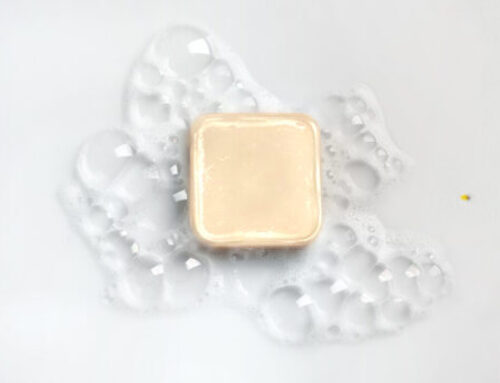Hyaluronic acid holds 1000x its weight in water, oily skin doesn’t need moisturizer, our bodies are composed of more bacteria than human cells—how many false statements have we accepted as true when it comes to our skin? Many, like those above, don’t hold much weight anymore, as science has been able to debunk many skincare myths. But the most stubborn to still remain? “Your skin is the largest organ.” From National Geographic to Healthline, this “common knowledge” still gets cited left and right. But did you know published data do not support this not-so-little factoid?
Your Skin Is the Largest Organ: Debunked
In My Organ Is Bigger Than Yours, a paper by University of Rochester Dermatology Professor Dr. Lowell Goldsmith, it’s concluded that, by weight, the skin is considered the largest of the “medium-sized” organs (that is, liver and brain) but is no contender when it comes to the large organs of the musculoskeletal system. Goldsmith playfully points out that it would be negligent to conveniently ignore bones, saying that “these other three organ systems do not have the natural fuzzy, furry countenance of our organ, but they are larger.”
The musculoskeletal system, AKA the locomotor system, is, by definition, a set of organs that include the skeleton, muscles, ligaments, cartilage, and connective tissue. It provides your body with shape, support, stability, and a slew of other important movements for your body. Essentially, it maintains homeostasis from a mechanical standpoint, thanks to your bones, muscles, and joints.
Goldsmith calculated that your skin (epidermis and dermis) accounts for 5.5% of the total body weight of your average guy (about 150 pounds or 70 kilos). It had already been reported that the skeleton clocks in at about 14% of your body weight. And if we’re talking skeletal muscle? Forty-two percent.
So, what is the largest organ?
Having this debate in the year 2020 reveals that we still have a lot to learn about the human body, and when it comes to skincare, many people have lots to learn about the role of our skin. Luckily, astounding science still rolls in every day to help educate us—skin therapists and the general public alike.
In fact, recent research came out that could debunk both skin and bones with something very interesting. A newly published study in the Nature Journal Scientific Reports that “in between the spaces in our bodies — beneath the skin, lining the gut and lungs, surrounding blood vessels and fascia between muscles, and more — there’s a fluid-filled network of tissue.” A tissue, it says, that has a unified structure and function throughout the body, making it an organ! What does this mean? That it could be the largest organ in the body, taking up a bigger volume than even our skin!
The Future of Skin
Now just because the skin isn’t the largest organ in the body doesn’t mean its role isn’t important. Because regardless of the size of the skin, it is still a large organ covering the entire body. It’s comprised of three layers: hypodermis (deepest layer), dermis (second layer), and epidermis (the outer layer). Essentially, it maintains homeostasis from a structural standpoint, thanks to the interworkings of your skin barrier.
As we come to better understand our bodies, the skin, and the role it plays, we can begin to take better care from a scientific standpoint instead of playing guessing games—enjoying a true sense of healing and strengthening, ever so much more than a bandaid solution. Keeping it in good health, just as you should with your other organs, keeps inflammaging at bay through the application of third-generation corneotherapy formulations, that is, dermaviduals.
For more on the bespoke, next-generation skincare at dermaviduals, head here.
If you have a spa or clinic in New York state and you’d like to add dermaviduals skin therapy to your offerings, give us a call at 1-888-753-2231 or send us an email!






